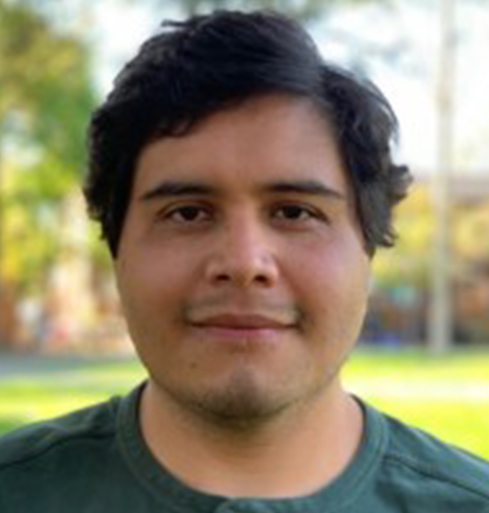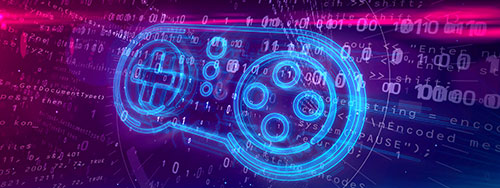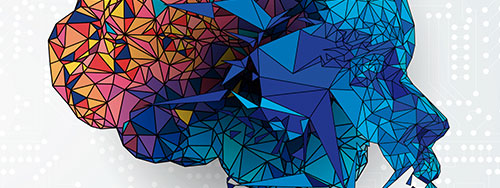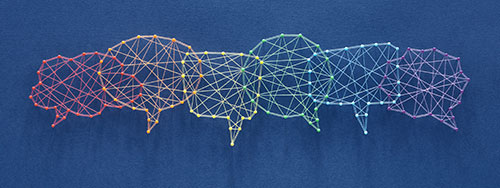
Iran Roman
Iran is a Ph.D. candidate at Stanford University studying artificial intelligence. He uses artificial intelligence to teach computers how to listen to music like humans do. At Stanford, Iran is a member of the Center for Computer Research in Music and Acoustics, and his PhD research has been funded by the Stanford Human-Centered Artificial Intelligence Initiative. Parallel to his Ph.D. studies, Iran has used his knowledge of artificial intelligence to develop artificial intelligence for companies like Tesla, Apple, and Plantronics, among others. Iran came to the USA at the age of 19 to pursue undergraduate studies in biology and music theory at the University of North Texas.
“I would like to thank Eduexplora for giving me the opportunity to participate in this program. I have done, learned and experienced things I never thought I would. It was an amazing experience, and I am so thankful for being able to participate.”
Enzo DeSá - Peru













